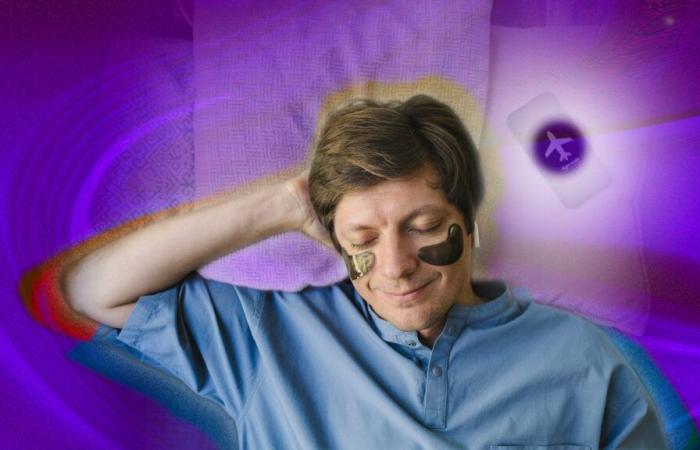Have you thought about doing a digital detox? Our modern lives are punctuated by screens. Smartphones, computers, televisions, and tablets occupy a central place in our days. These tools, which simplify our daily lives, are also responsible for a worrying phenomenon: hyperconnection. While our fingers scroll compulsively and our eyes remain glued to the pixels, a new trend is emerging to counter this addiction: digital detox.
What does this digital detox consist of? To put down our screens, regain a lost balance and, above all, relearn how to live fully in the real world. So, why and how to begin this beneficial process? Exploration of a practice more essential than ever.
Why has unplugging become essential?
We live in an era where notifications punctuate our days and where the fear of missing a message or information (FOMOor fear of missing out) pushes us to stay permanently connected. On average, French people spend 3.5 hours a day on their phone, a figure that is exploding among younger generations. This time spent in front of screens is not without consequences: anxiety, reduced concentration, and even sleep disorders.
This alarming observation has pushed certain personalities to experience total disconnection. Lena Situations, influencer followed by millions of fans, recently shared her experience of a month without screens. No smartphone, no television, no computer. She simply used a basic phone “for emergencies”. Result ? A life filled with “boredom, inspiration and beautiful surprises”. This radical approach demonstrates that it is possible to do without digital, even if only temporarily, to find a certain serenity.
Science confirms the benefits
It’s not just an intuition: unplugging has measurable positive effects. A recent study published in the Journal of Experimental Psychology: Applied analyzed the impacts of a digital detox on 619 participants. Two groups were formed: one completely gave up smartphone use for a week, while the other simply reduced their screen time by one hour per day. The results are eloquent:
- A reduction in symptoms of anxiety and depression,
- Better life satisfaction,
- An increase in time spent on physical activities.
Interestingly, these benefits were more lasting in the group that simply reduced their daily use. Four months after the experiment, these participants continued to use their phone 45 minutes less per day than before, compared to 38 minutes for those who had cut it completely.
How to succeed in your digital detox?
An effective digital detox is not just about suddenly turning off your devices. It requires preparation, reflection and adapted strategies. Here are the four pillars to maximize your chances of success:
1. Replace screens with enriching activities
The reflex to pick up your phone is often unconscious. It is an automatic gesture to fill boredom, reduce stress or avoid silence. To succeed in your detox, find engaging and fulfilling alternatives. Reading, sport, cooking, painting… The objective is to replace this dependence with practices that nourish the mind and bring pleasure.
2. Rebuild social ties in person
Paradoxically, the digital tools that connect us to the world sometimes reinforce a feeling of loneliness. According to studies, we spend 70% less time with our friends than twenty years ago. During a digital detox, favor face-to-face meetings. Sharing authentic moments, without digital distraction, strengthens bonds and reminds you of the importance of human relationships.
3. Practice mindfulness
In a fast-paced world, it’s easy to forget to just be present. Solitude can be intimidating, but it provides valuable space to think, breathe, and refocus. Try meditation, yoga, or simple walks in nature to reconnect with yourself. These moments of silence and perspective are essential for a more balanced life.
4. View detox as a journey, not a destination
A digital detox is not a miracle solution but a step in a continuous quest for well-being. It is crucial to approach this as an evolving process. Set realistic goals and adapt them over time. Gradually reducing your digital usage is often more effective than a sudden cut. This journey towards digital balance is unique to each person; there is no universal method.
Lessons to learn from digital detox
The real challenge of digital detox is to redefine our relationship with technology. As Lena Situations demonstrated, living without a screen does not mean giving up on progress, but relearning how to flourish differently. This approach invites us to slow down, savor the present moment and value human connections.





